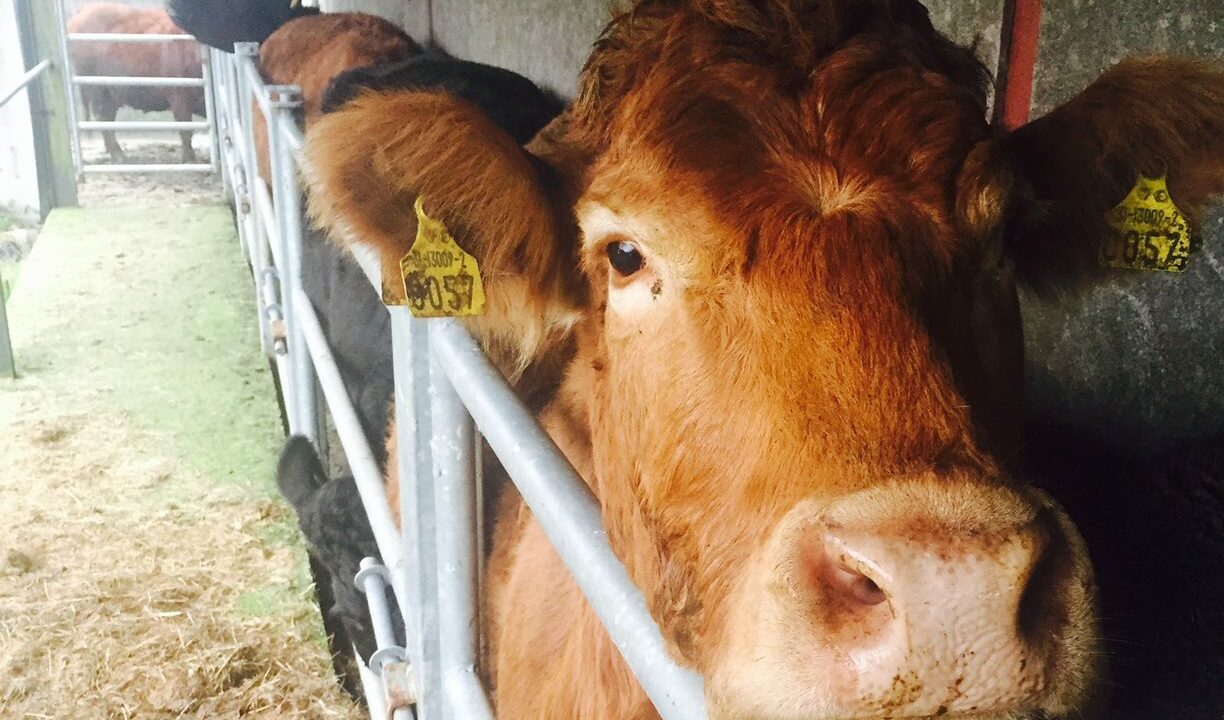Farmers have been advised to be on the lookout for cattle showing signs of lungworm infestations.
Cattle will be prone to lungworm infestations in the coming days, according to Teagasc’s Aidan Murray, as the weather of late has created ideal conditions for a hatch to occur.
Murray, a Teagasc specialist, spoke at a recent Teagasc / Animal Health Ireland (AHI) beef health event, where he said: “Lungworm is very much unpredictable. It has been dry and we are after getting rain, so lungworm could be a problem in the next 10-14 days.
“You need to look at your stock for signs of lungworm, whether they are yearling cattle or younger cattle.”
On dosing strategies, Teagasc’s Conal Murnaghan touched on the issue of resistance and why farmers should reconsider the dosing programmes used at farm-level.
“A lot of people are still following a historical dosing strategy; but, the thinking now is that we need to have a more proactive plan around dosing rather than just using a set-date scenario.
There’s resistance starting to occur in the dosing products we are using – mostly to ivermectin, the one that we use the most.
“The worms in cattle are starting to develop resistance to those products,” the Teagasc drystock advisor said.
He continued: “If we run into resistance problems, we are in real trouble because the next groups of doses (orange and purple) available are very expensive.”
Murnaghan added that some cattle are getting too many doses throughout the year.
“A lot of people are dosing according to a planned strategy that’s not based on need but rather on date.
As a result, cattle are probably being dosed when they don’t need to be and that leads to the over use of dosing products and the build up of resistance.
“Animal Health Ireland (AHI), Teagasc and the Department of Agriculture are all looking towards a more proactive approach,” he said.
This proactive approach, he said, includes the use of fecal egg counts (FEC), which involves taking dung samples from stock and assessing their parasitic burden and dosing according to this information.
“FEC results will tell you whether your cattle have gut worm eggs, lungworm larvae, liver or rumen fluke eggs along with coccidiosis oocytes.
“It’s very simple and you could probably save yourself one or two doses a year by taking a sample and sending it away for analysis,” he said.

